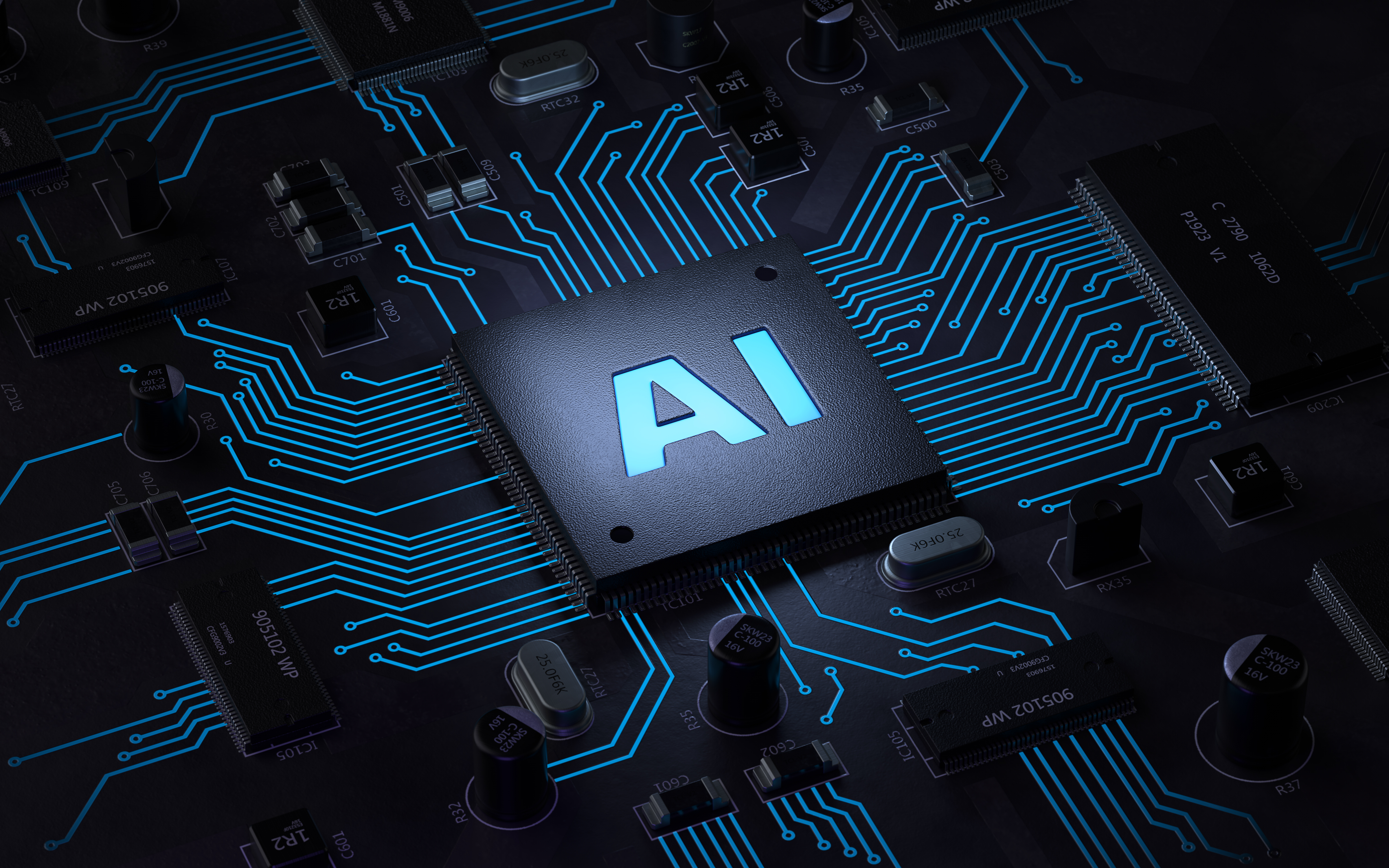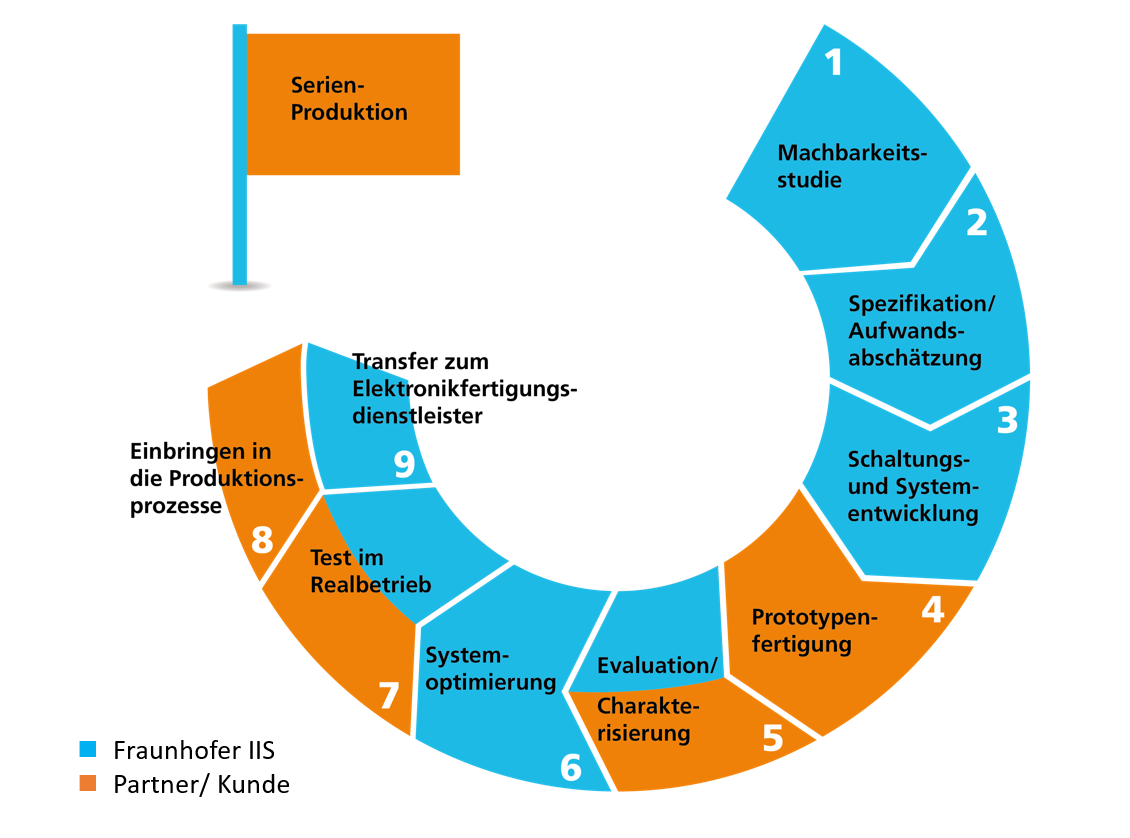Today, intelligent sensor systems perform many different tasks, including speech recognition, intelligent heating control, or autonomous driving functions. By integrating artificial intelligence into sensors, sensor data can be interpreted to enable specific responses or to relieve the human operator of tasks.
Cloud-based technologies offer high accuracy of evaluation and many different functions, which is why these systems are currently in most widespread use. However, it worth remembering that cloud solutions do have disadvantages, especially with regard to energy consumption, data security, and speed of response.
Local AI data processing on embedded platforms, on the other hand, offers an alternative that does not have these drawbacks. Whether or not artificial neural networks or conventional methods of machine learning deliver better data processing results very much depends on the task and the measurement data available.
Get an insight into integrated AI for sensor systems



